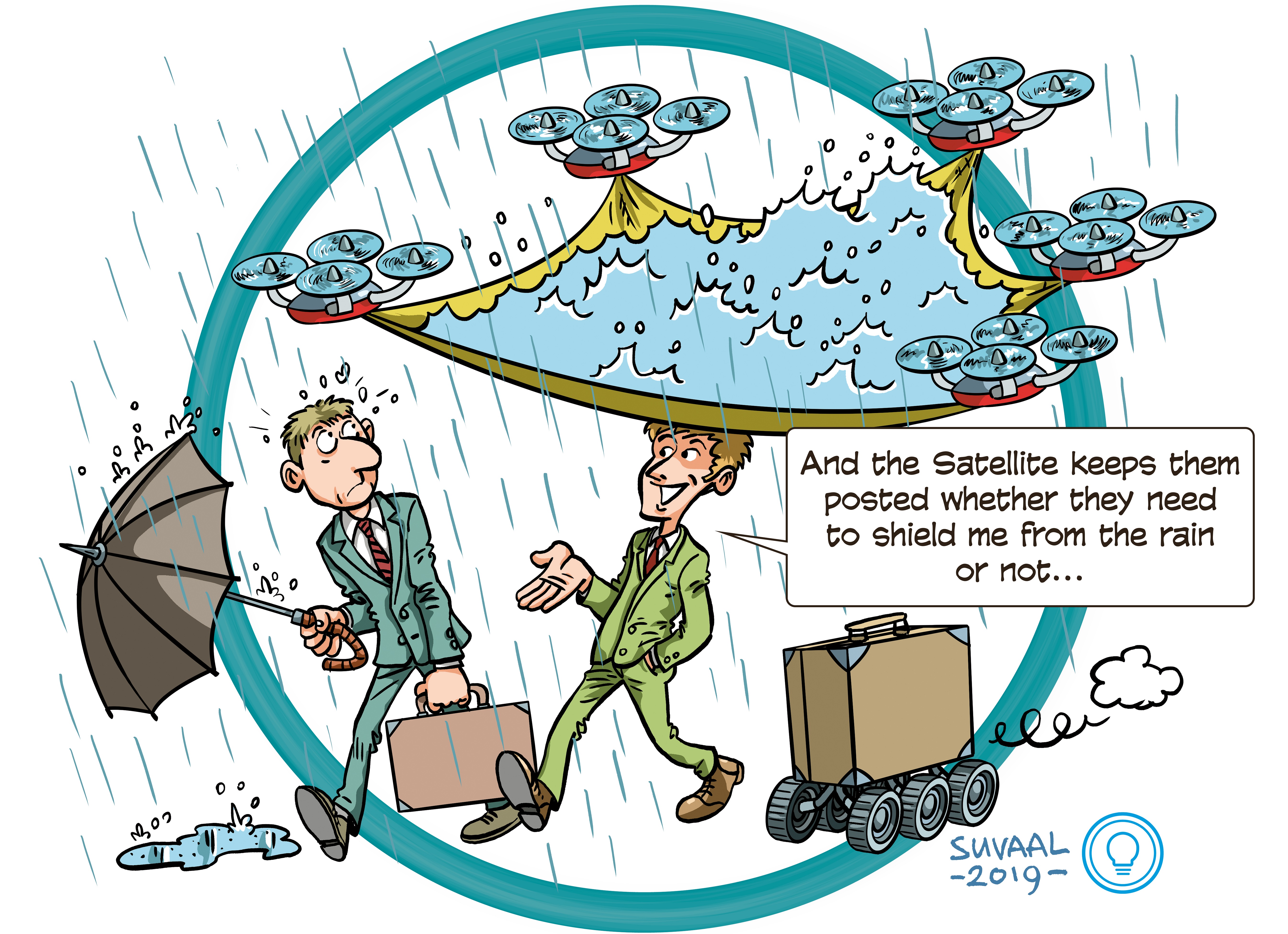Designing Provable Robotic Swarms
Themes: Robotics, Software technology & Intelligent Systems


A TRL is a measure to indicate the matureness of a developing technology. When an innovative idea is discovered it is often not directly suitable for application. Usually such novel idea is subjected to further experimentation, testing and prototyping before it can be implemented. The image below shows how to read TRL’s to categorise the innovative ideas.
Summary of the project
The researcher aims to develop a system of simple robots that – as a group – are able to reliably complete a task that they would not be able to complete on their own. The robots are called simple because they are not stuffed with all kinds of sensors and chips, making them cheaper. They can only sense their closest environment and may not even know that they are part of a swarm. This makes for a scalable self-organizing system that can adapt to several different tasks, such as pattern formation, area exploration, and more.
Collaboration by such limited robots is a complex problem. It requires the robots to make decisions without knowing the repercussion on the group. This may lead to several emergent group behaviours. The challenge is to devise methods to prove that, together, the robots will always self-organize in the right way and complete the desired task. The researcher is working on understanding how these simple robots can make decisions so that, as a whole, the swarm does what you want them to do in an efficient manner.
What's next?
The next steps for this project are to test the system with real robots and to explore how to generalize the findings for a multitude of group behaviours.
Ir. Mario Coppola
